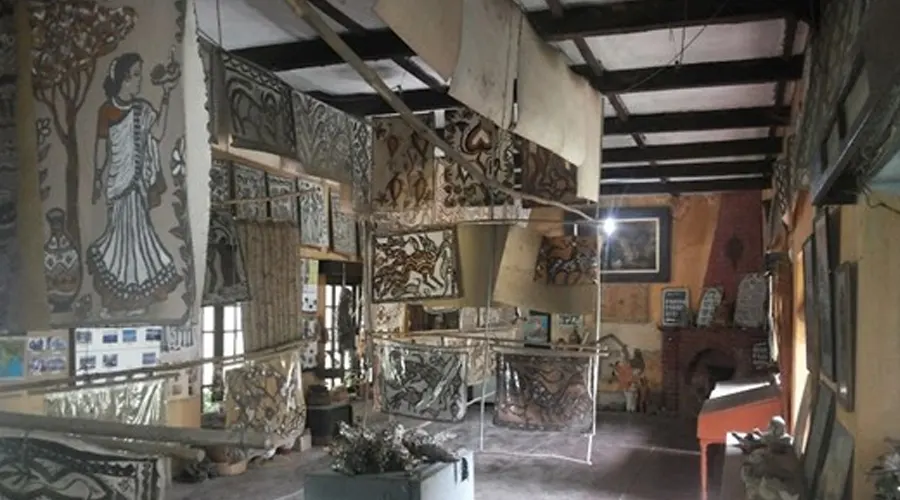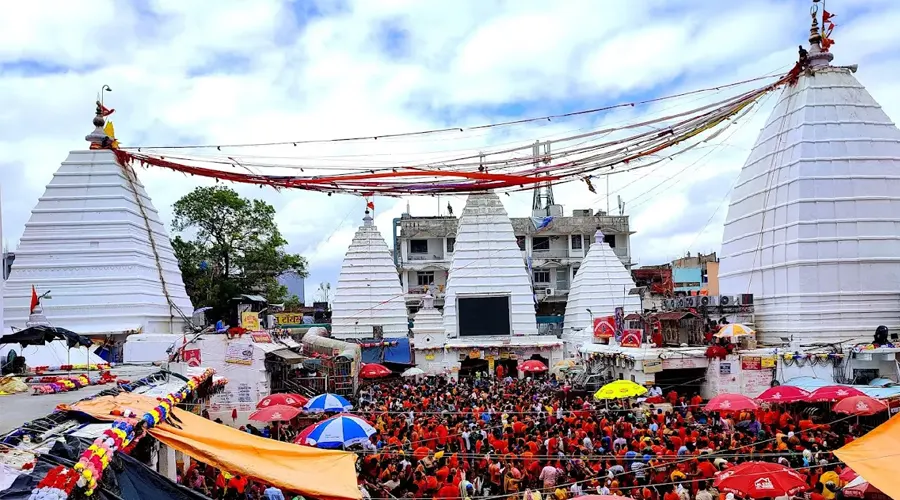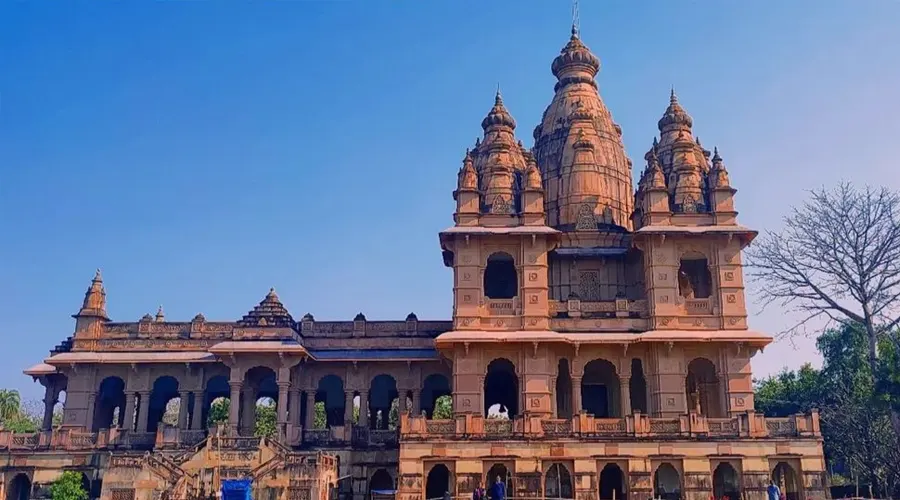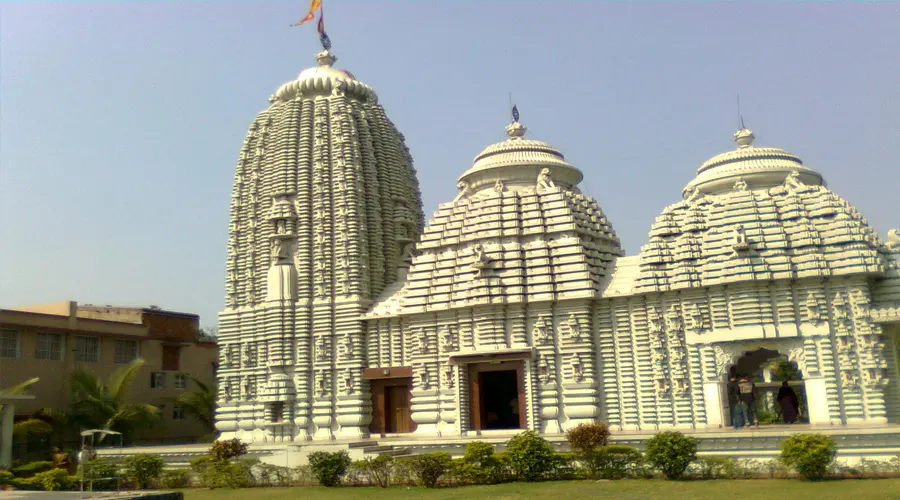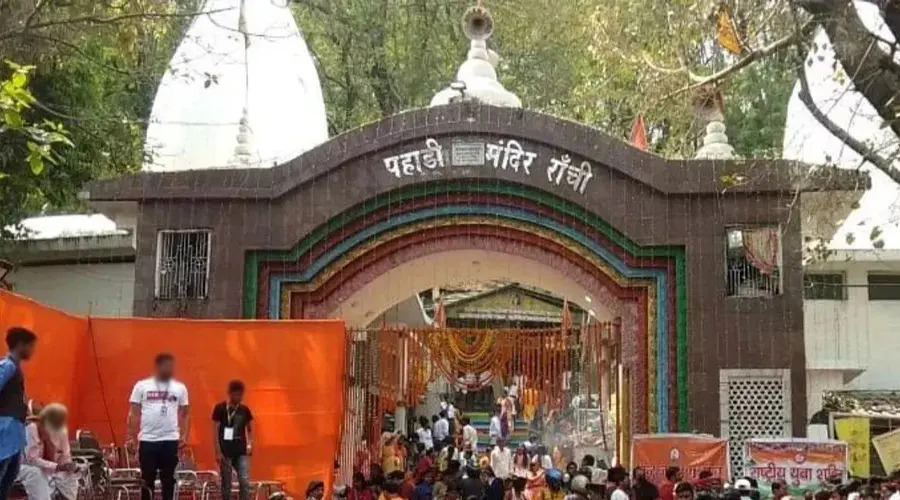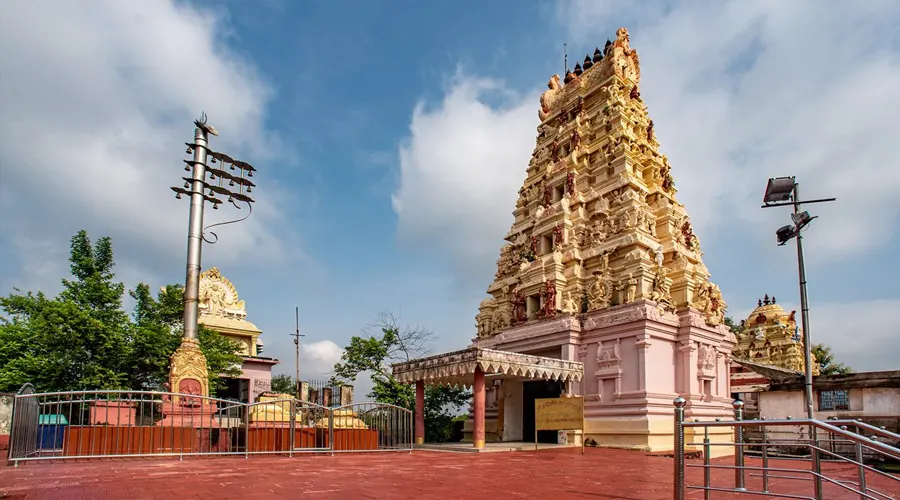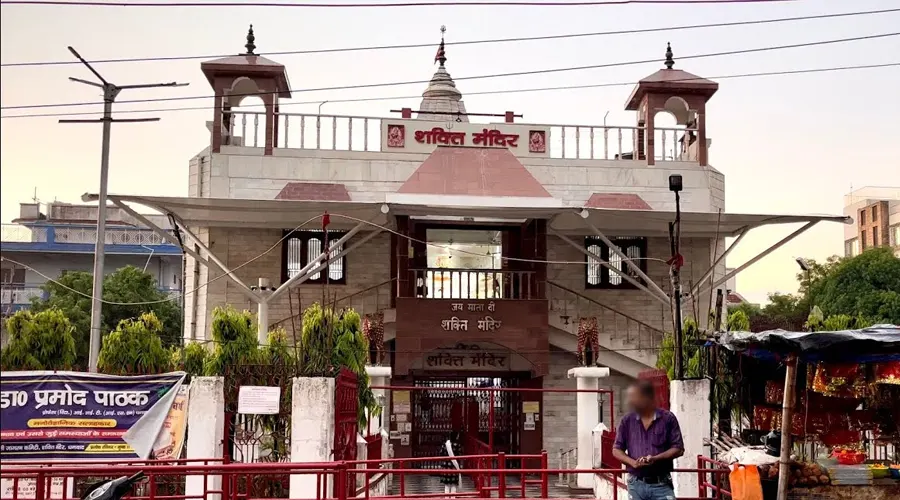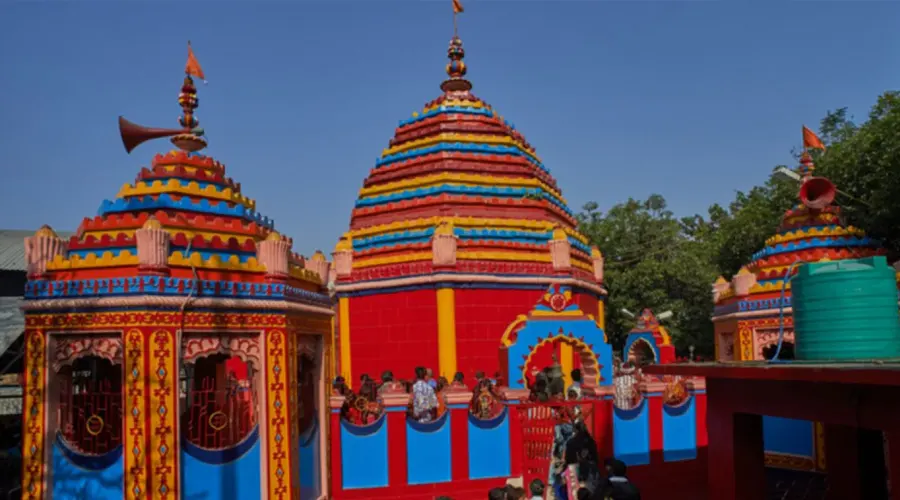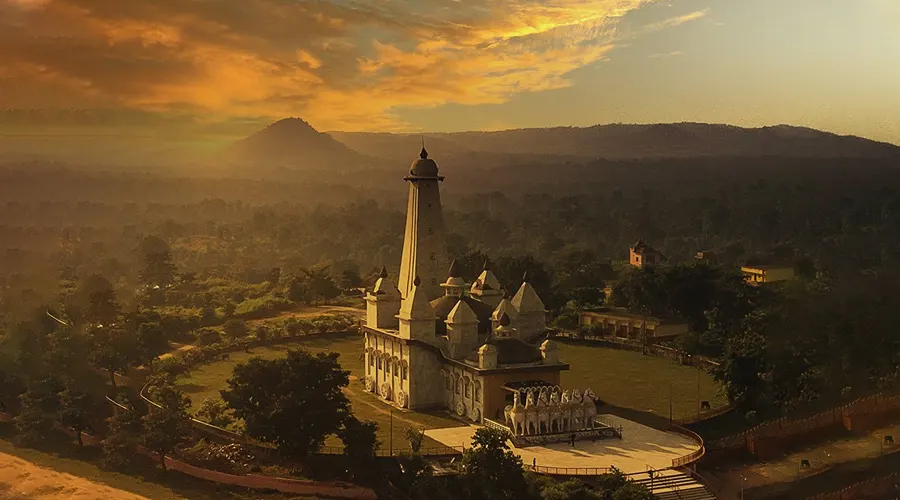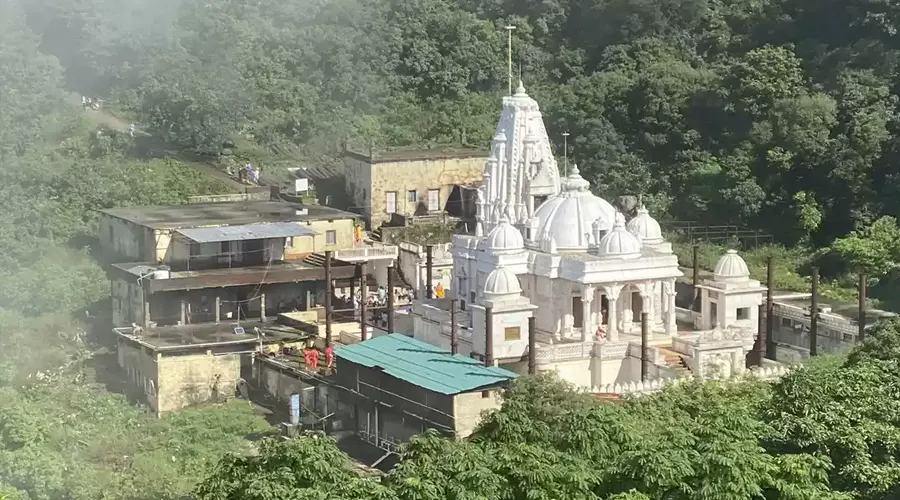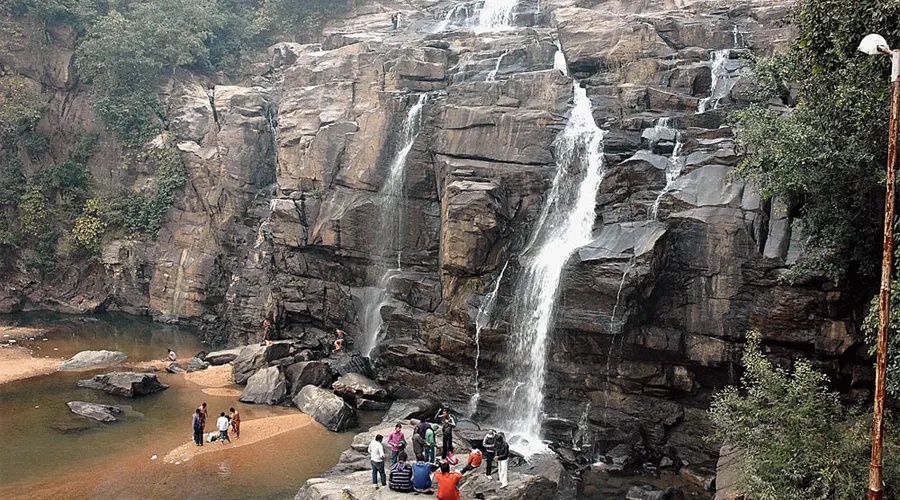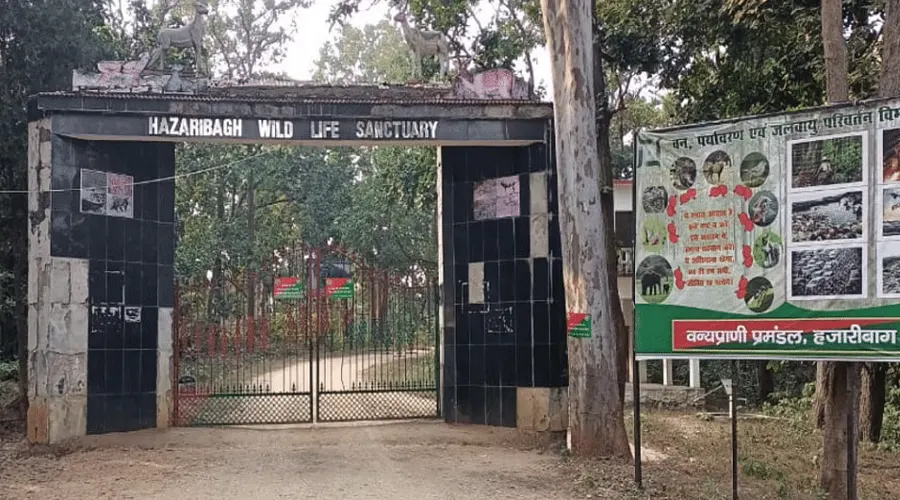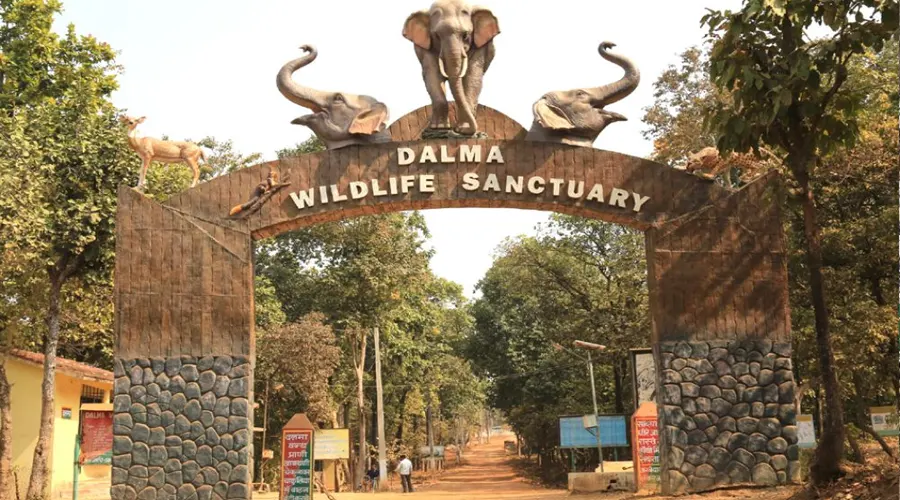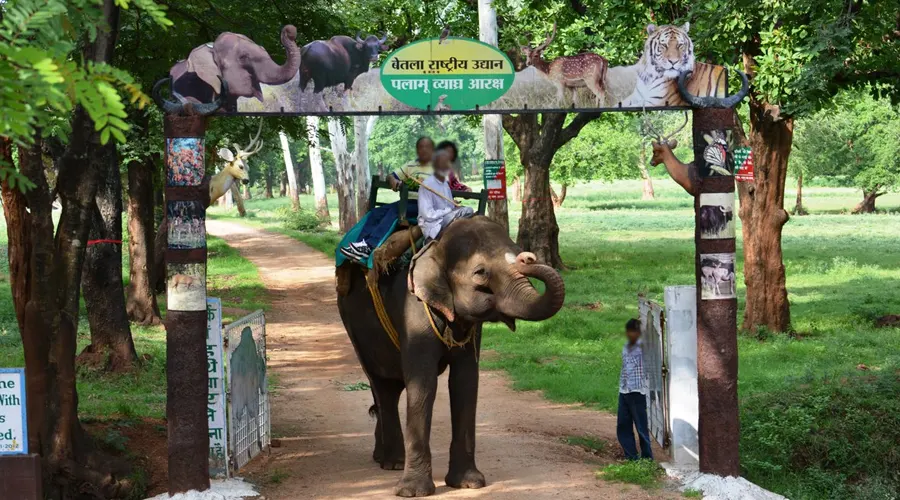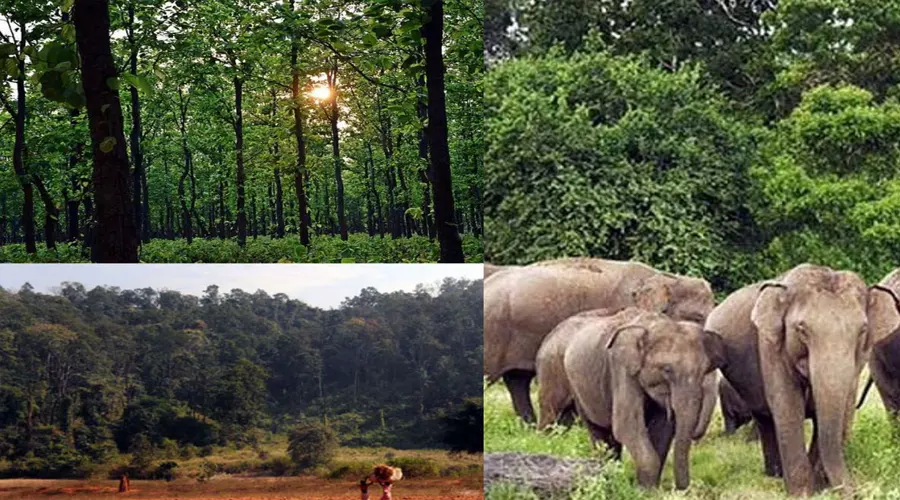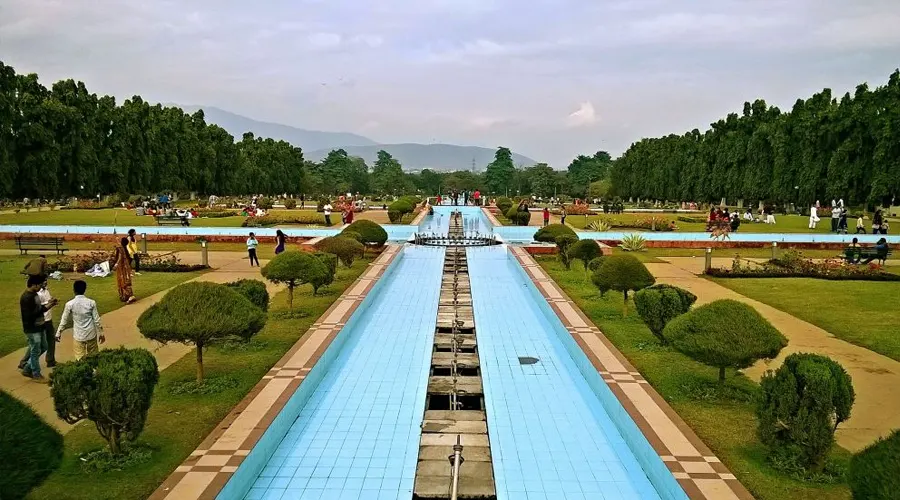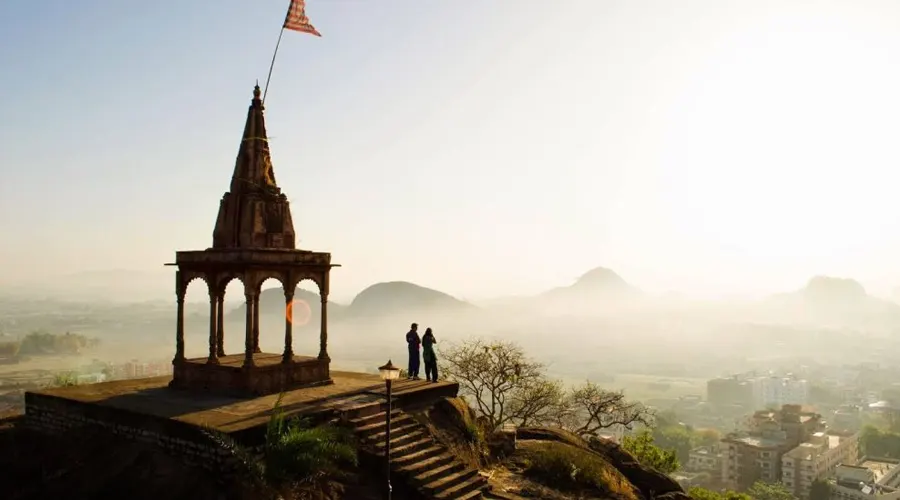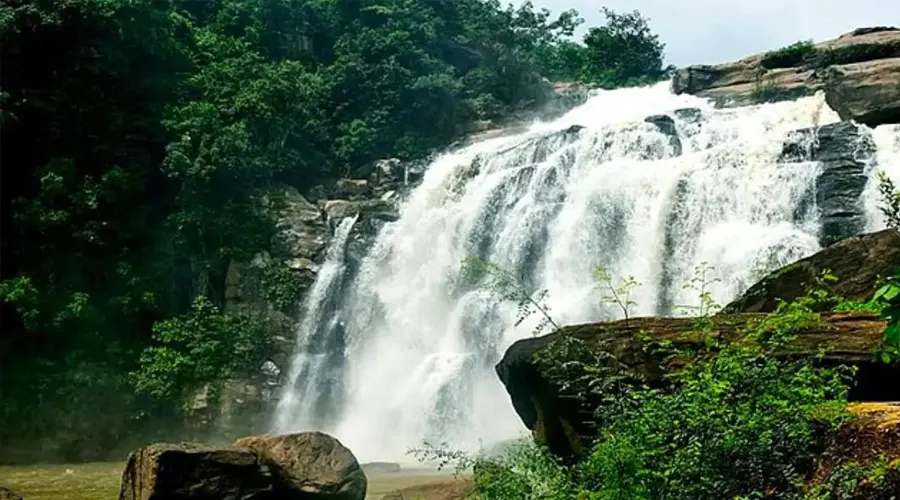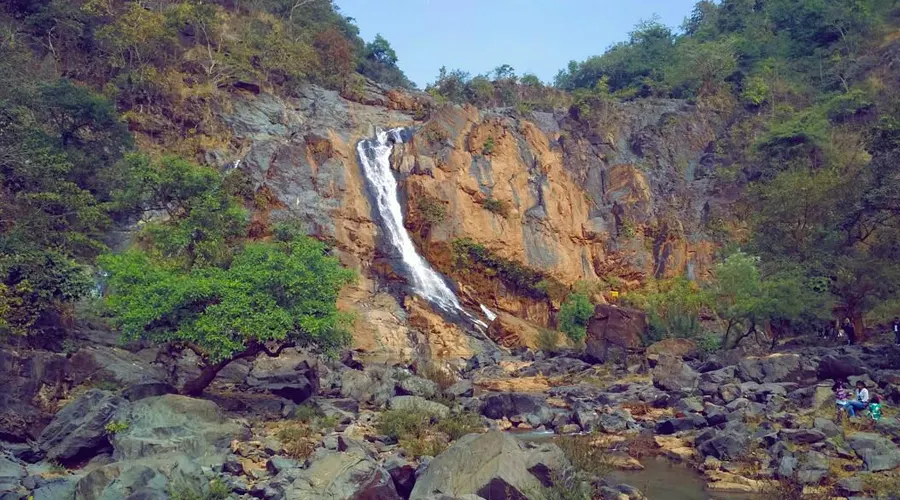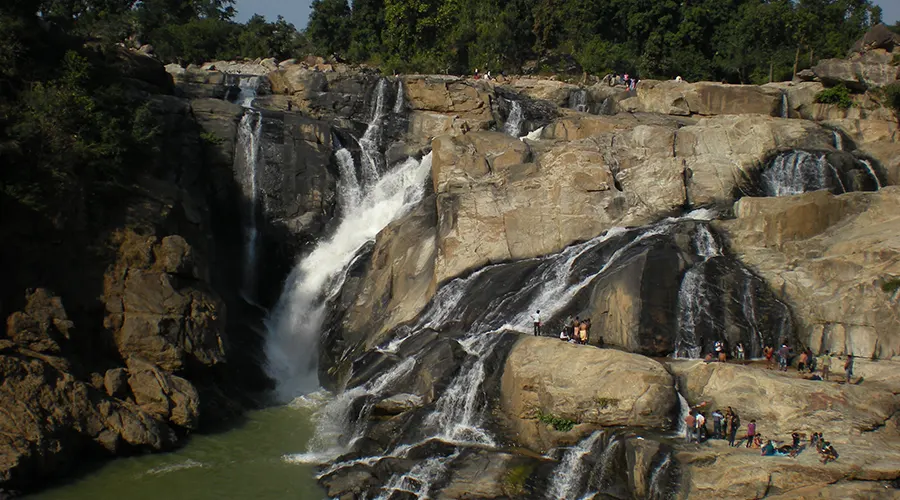Sanskriti Museum And Art Gallery
Sanskriti Museum & Art Gallery, Hazaribagh was founded by Bulu Imam in 1991, after he discovered the first rock art of Hazaribagh district at Isco, subsequently bringing to light over a dozen meso-chalcolithic rock art, including the prehistoric archaeology of the North Karanpura Valley in Jharkhand.
The Sanskriti Museum displays a comprehensive collection of Palaeolithic to Neolithic stone tools, microliths, and bronze to Iron Age artifacts, including potteries and Buddhist antiquities from around the Hazaribagh region. It also has an ethnological gallery dedicated to the Birhors, Santhals, and Oraons along with monographs compiled on their Life, Folklore, Songs, and Ethnobotany, available in the museum research archives, and library.
It also has a gallery of local crafts and textiles, and an art gallery with over about 200 Khovar (marriage art) and Sohrai (harvest art) paintings of Hazaribagh exhibited and displayed. The museum is presently housed in his private building which used to be the Tea Garden District Labor Association building in the early 20th century (1919), on a 3-acre campus with a grove of trees.
The Sanskriti Museum has a small library and a research archive, along with photographic and visual documentation to back up the exhibits in the museum. The library has several published papers, books, magazines, and newsletters related to the Museum and Art Gallery in its Resource Archives and Library.
The museum has three major galleries- the Archaeological Gallery, Ethnological Gallery, and Tribal Art & Crafts Gallery.

